The goal of this project is to create a cheap capacitive and wireless soil moisture sensor to be implemented on the crop field. So it's key features would be:
- High precision and reliability moisture monitoring
- Temperature compensation of moisture level
- Sound alert ( to inform low moisture levels )
- Light sensing ( to schedule the irrigation on early morning )
- Long range wireless communication ( between 100-500 meters )
- Waterproof ( to irrigate without worrying about damaging the sensor)
- The cost of the sensor must be very low, around $5 USD.
 Valentin Ortega
Valentin Ortega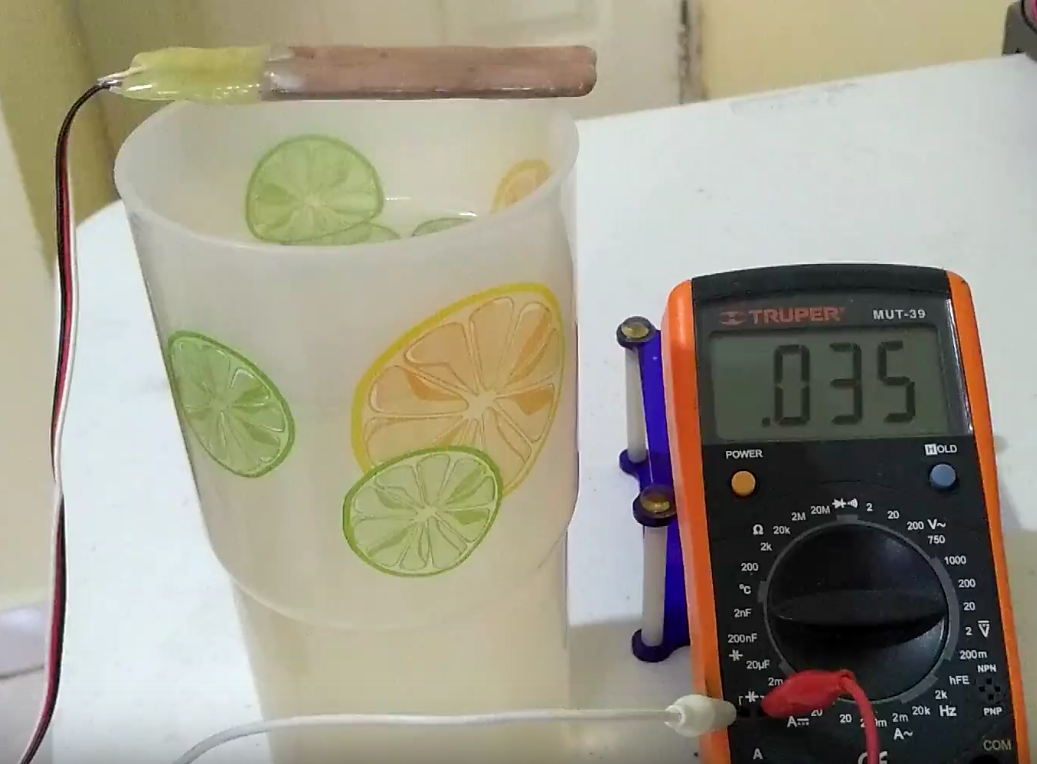
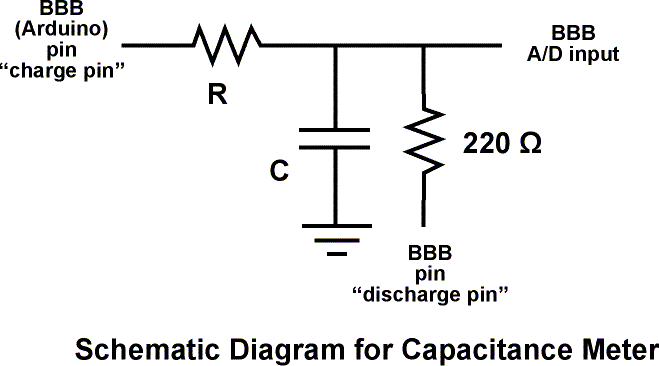

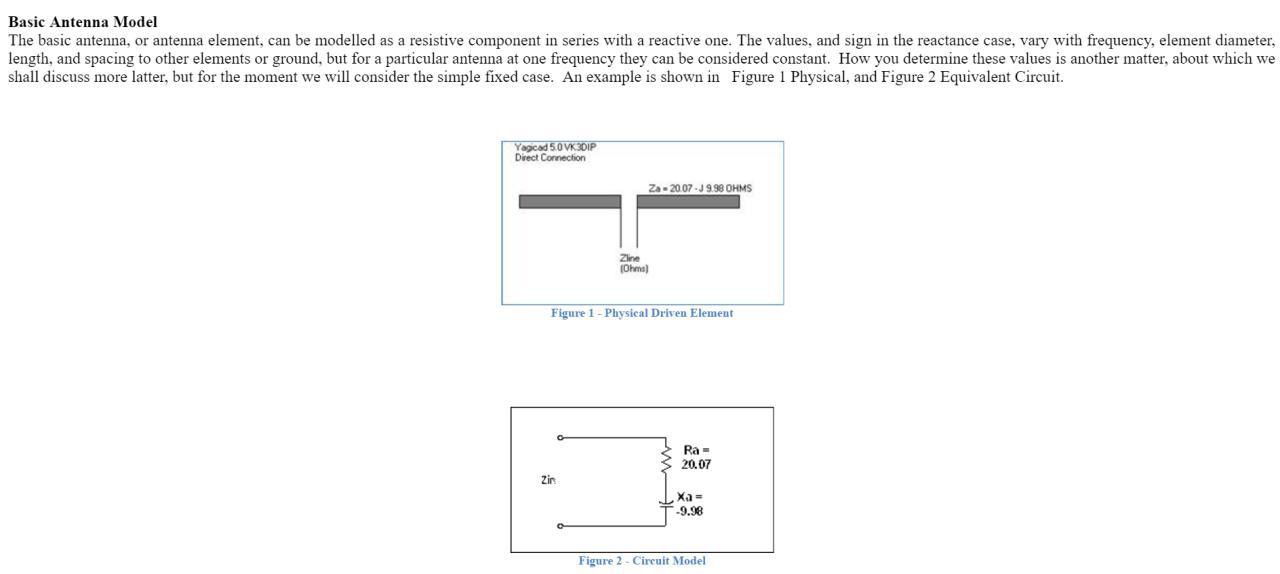



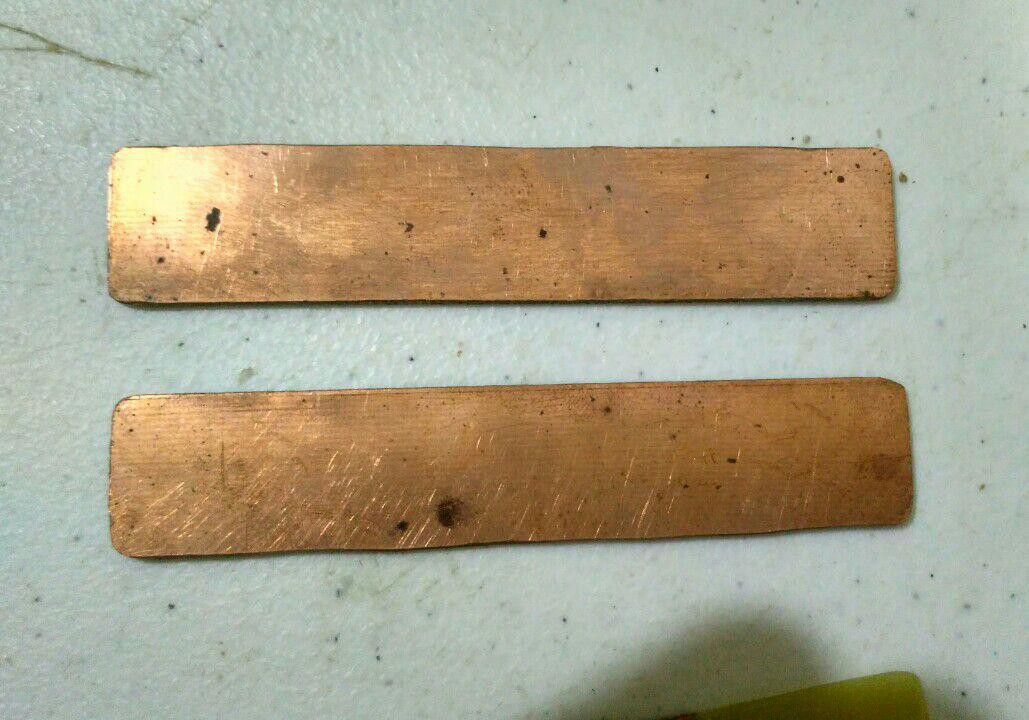
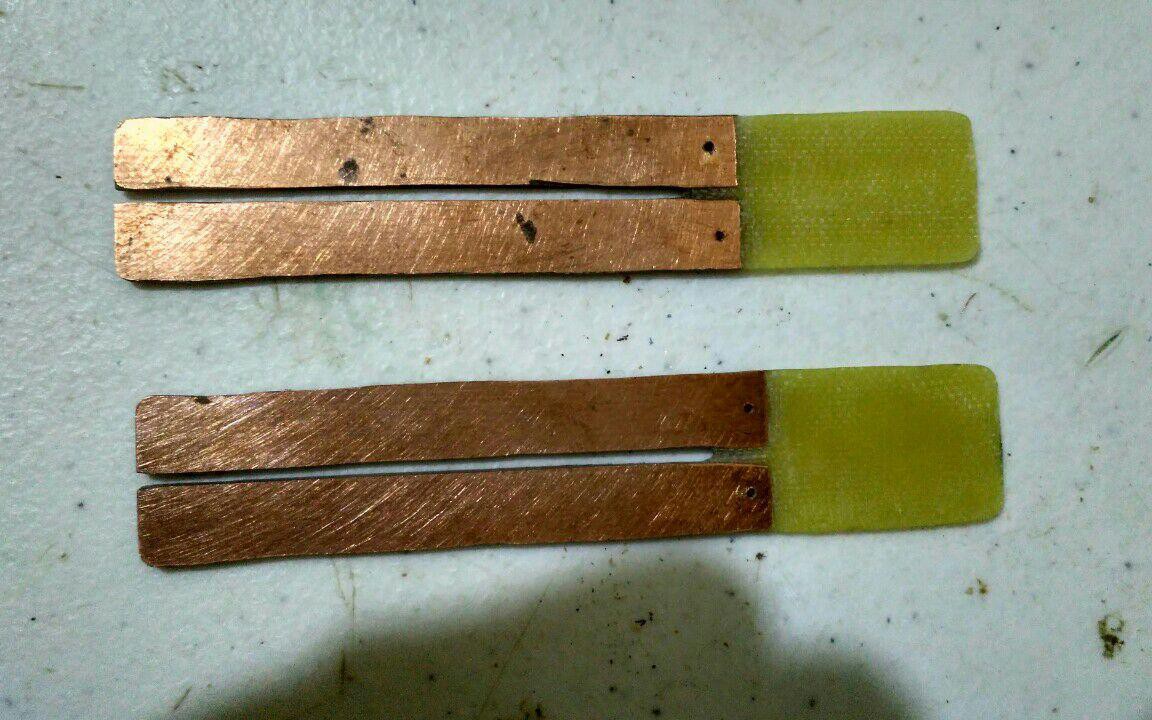




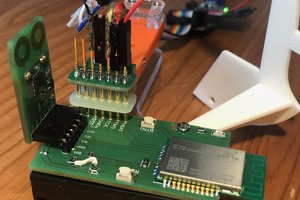
 Alexander Dvorkovyy
Alexander Dvorkovyy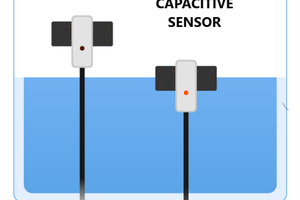
 Sagar 001
Sagar 001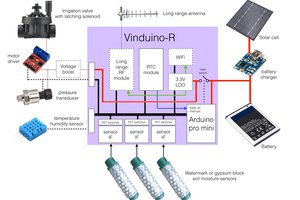
 Reinier van der Lee
Reinier van der Lee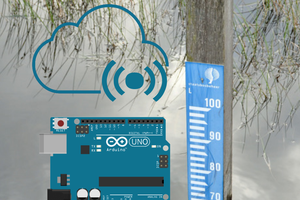
<a href="https://yallashooot.online/allarab/">يسينان كوره </a>
<a href="https://yallashooot.online/koora-live-365/">koora live 365</a>
<a href="https://yallashooot.online/">tab3kora</a>
<a href="https://yallashooot.online/infosports/">أنفو سبورت</a>
<a href="https://yallashooot.online/%d9%85%d8%a7%d8%aa%d8%b4%d8%a7%d8%aa-%d8%a7%d9%84%d9%8a%d9%88%d9%85/">أهم ماتشات اليوم بث مباشر</a>
<a href="https://yallashooot.online/%d8%a7%d8%b3-%d8%ac%d9%88%d9%84-as-goal/">اس جول AS Goal</a>
<a href="https://yallashooot.online/%d8%a7%d9%84%d8%a7%d8%b3%d8%b7%d9%88%d8%b1%d8%a9-%d9%84%d9%84%d8%a8%d8%ab-%d8%a7%d9%84%d9%85%d8%a8%d8%a7%d8%b4%d8%b1/">الاسطورة للبث المباشر</a>
<a href="https://yallashooot.online/%d8%a7%d9%84%d8%a7%d8%b3%d8%b7%d9%88%d8%b1%d9%87-%d9%84%d8%a8%d8%ab-%d8%a7%d9%84%d9%85%d8%a8%d8%a7%d8%b1%d9%8a%d8%a7%d8%aa-2/">الاسطوره لبث المباريات </a>
<a href="https://yallashooot.online/%d8%a7%d9%84%d8%a7%d8%b3%d8%b7%d9%88%d8%b1%d9%87/">الاسطوره لبث المباريات</a>